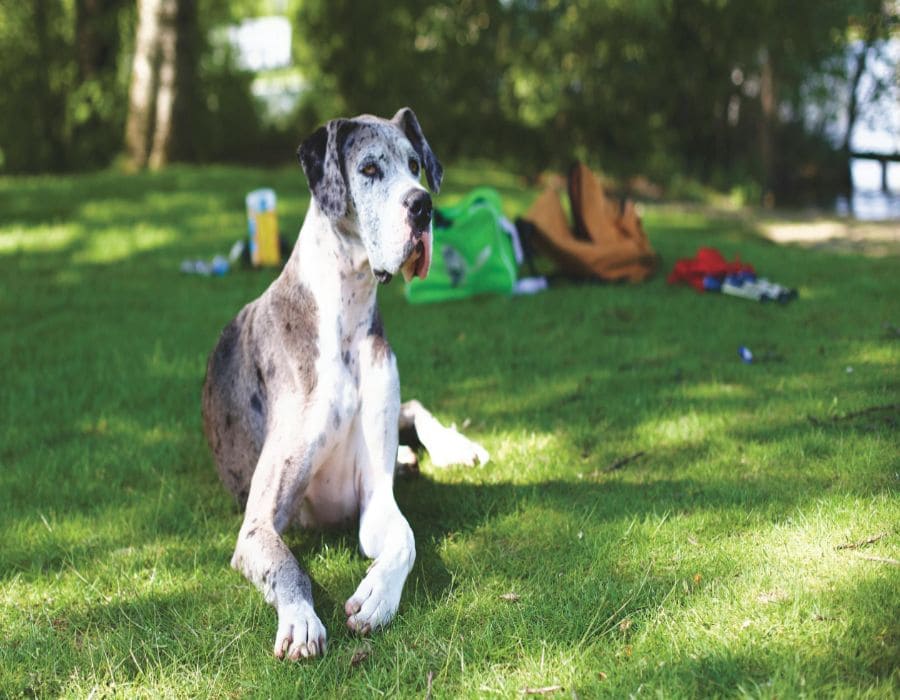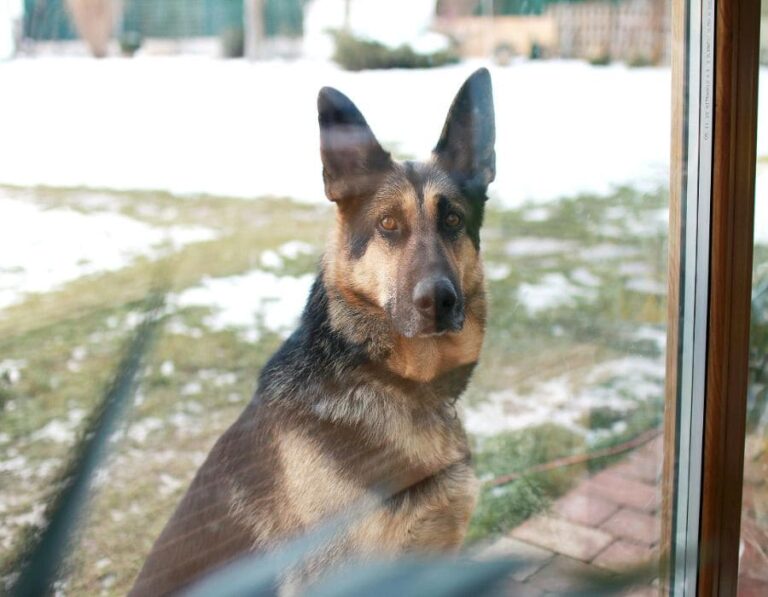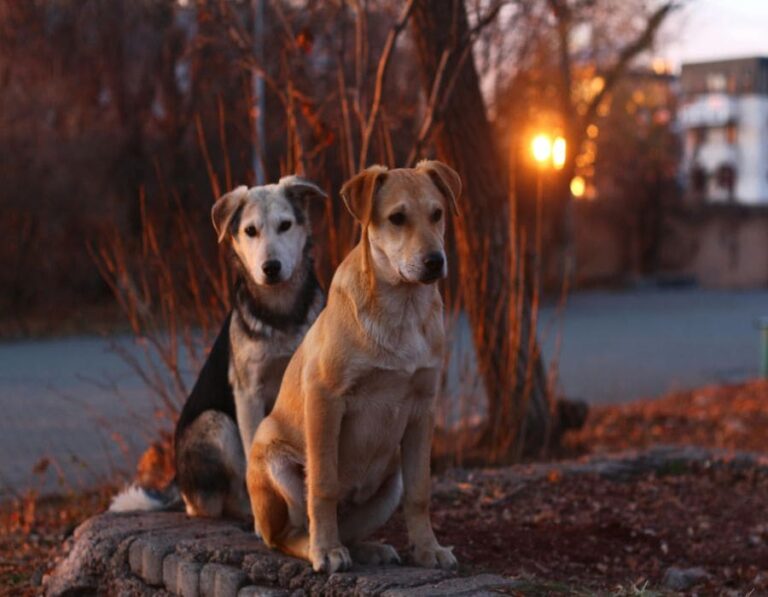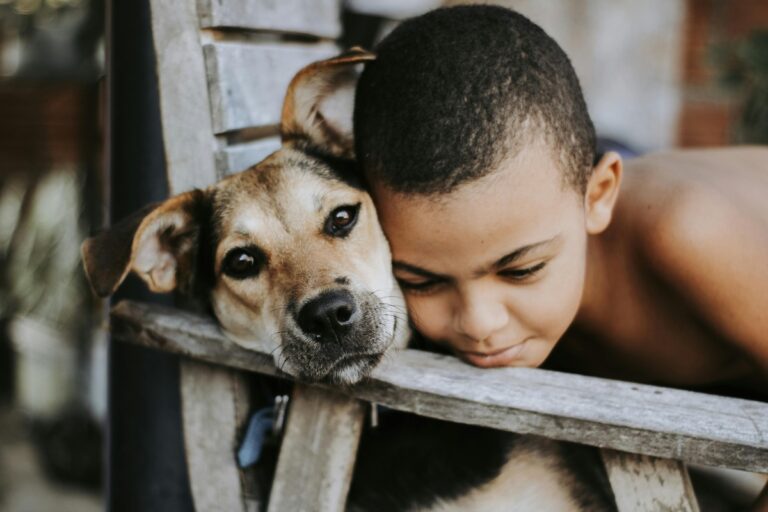12 Must-Know Safety Tips for Large Dogs
Moving on from the cute lapdogs, the world is finally giving more and more attention to large dog breeds. But this renewed popularity also brings up the question of responsible pet ownership. Large dog breeds are cuddly, fierce protectors, but their size and strength demands comprehensive training, supervision, and daily management.
Owning a large dog breed demands commitment to safety and training. From secure containment to socialization and legal awareness, discover essential responsibilities for raising well-adjusted, majestic companions and ensuring public safety.
Training: The Non-Negotiable Foundation
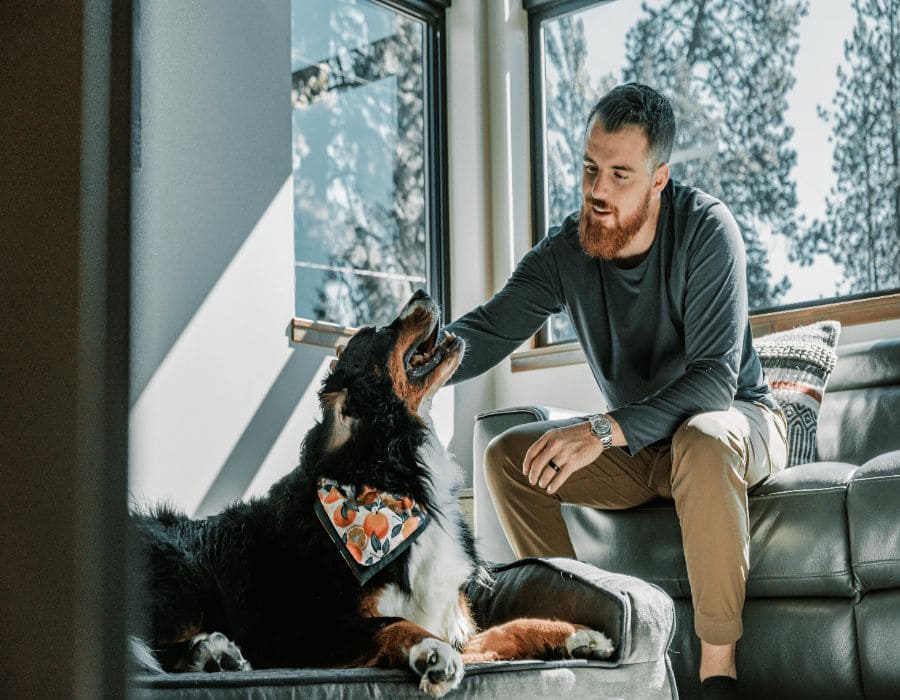
Professional training isn’t just recommended for large breeds—it’s absolutely essential. Dogs who receive structured training in their first six months show dramatically better behavior patterns throughout their lives. The key lies in establishing clear boundaries early, before that adorable puppy transforms into 100+ pounds of muscular enthusiasm.
Containment That Actually Works
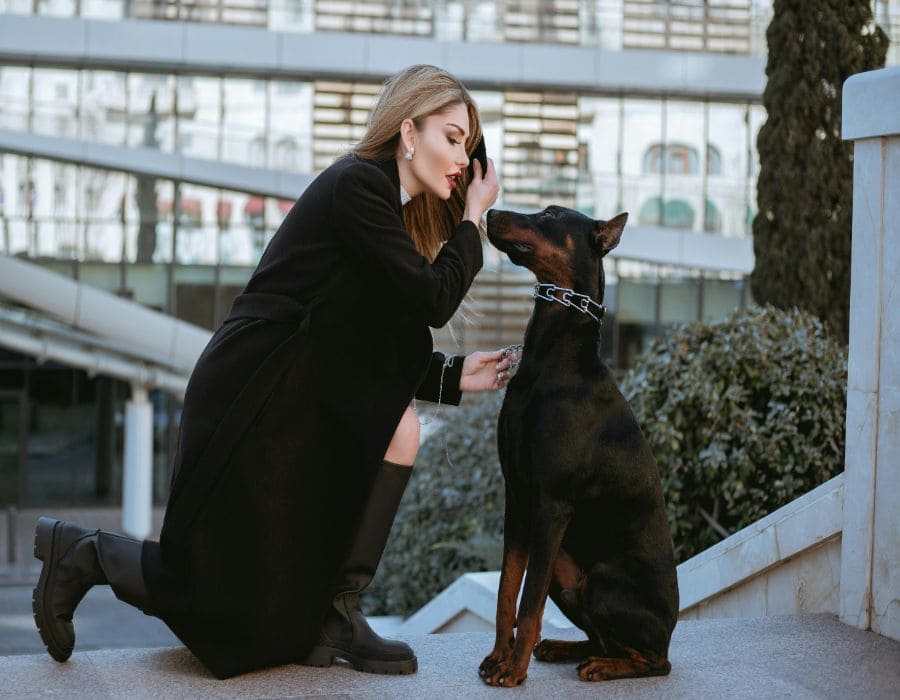
Standard backyard fencing often fails spectacularly with powerful breeds. Six-foot fencing represents the bare minimum, and even that might not cut it for particularly athletic dogs. Smart owners invest in professional assessment of their property boundaries. Because nobody wants that 3am call about their Great Dane touring the neighborhood.
Exercise Requirements
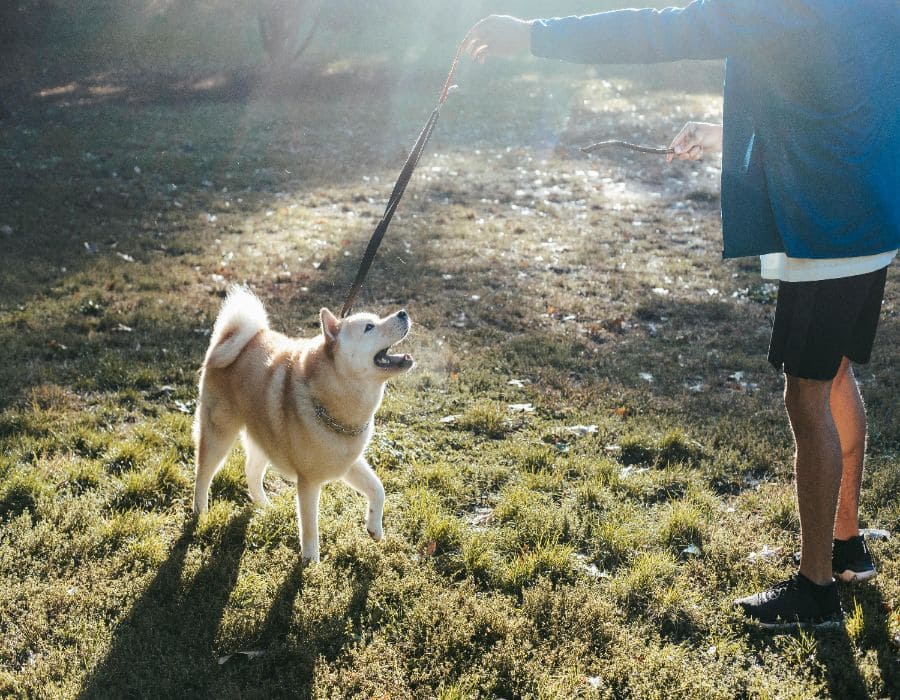
Large breeds need serious physical outlets. Two hours minimum of combined exercise and mental stimulation—every single day, rain or shine. These aren’t apartment-sized companions who’ll settle for a quick walk around the block. Without proper exercise, powerful dogs often transform household furniture into expensive chew toys.
Equipment Matters. A Lot.
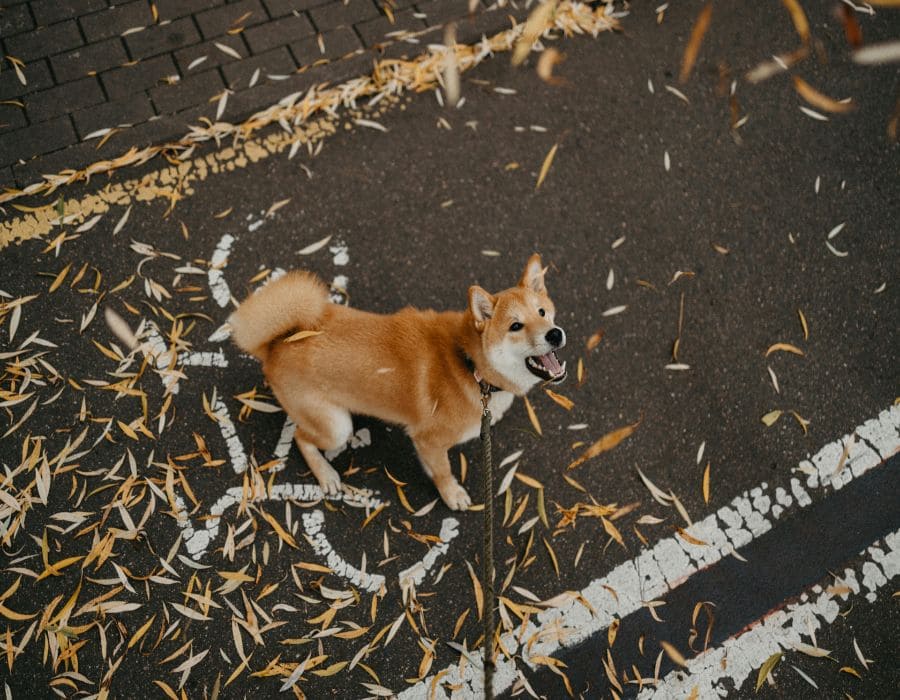
That cute polka-dotted leash from the pet store? Not going to work. Large breeds require industrial-strength equipment that can handle their power. Heavy-duty leashes, properly fitted harnesses, and appropriate muzzles become essential safety tools. Regular equipment inspections prevent catastrophic failures during walks.
Legal Stuff Gets Complicated
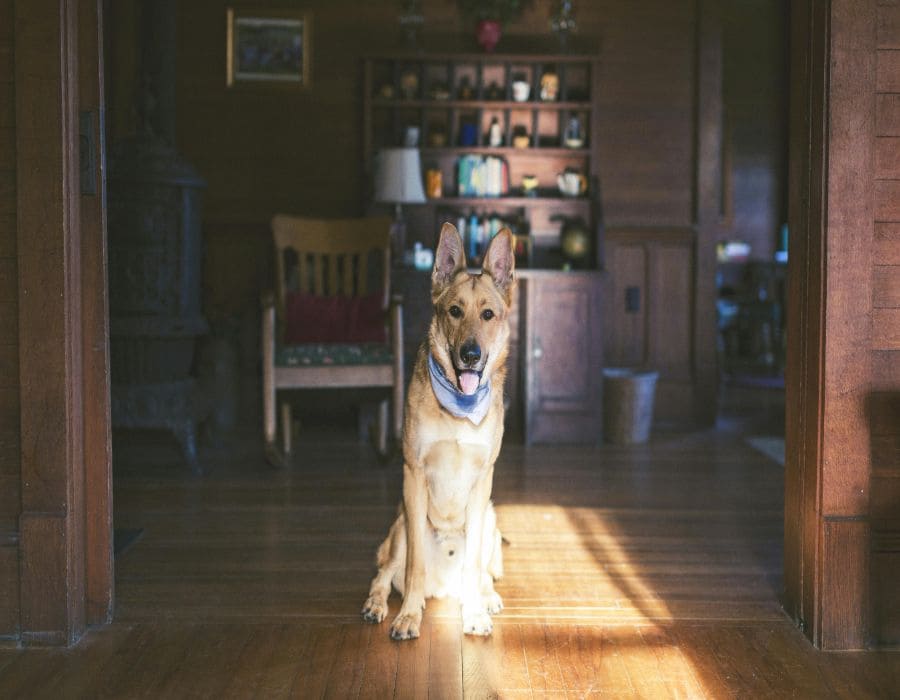
Different cities maintain wildly different rules about large breeds. Some require muzzles in public spaces. Others ban certain breeds entirely. Smart owners stay current on local regulations—because claiming ignorance of the law won’t help much when facing fines or worse.
The Social Scene
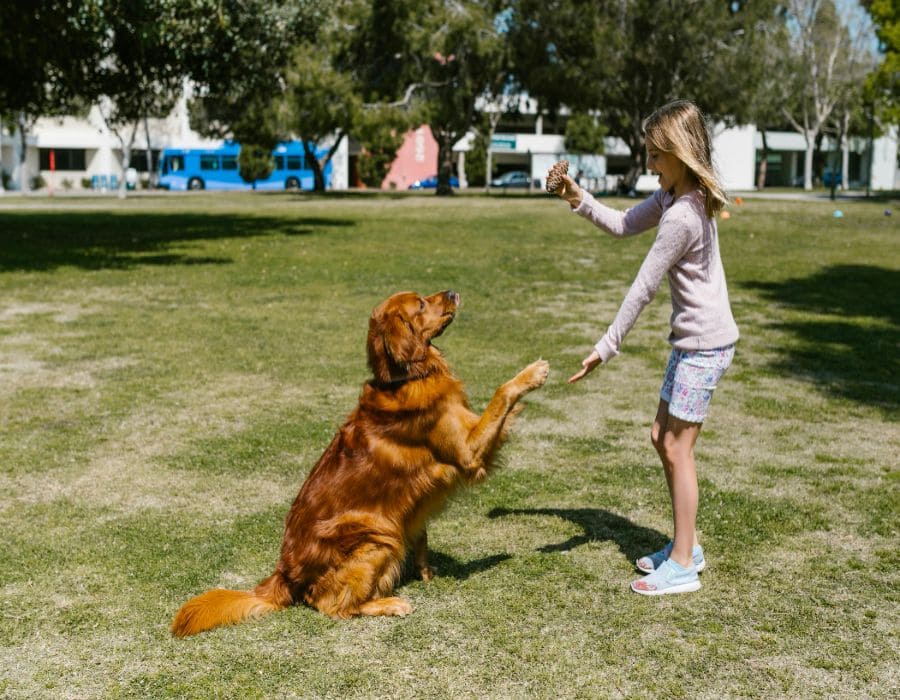
Socialization matters enormously for powerful breeds. But it requires careful management. Professional supervision during early dog interactions helps prevent the development of problematic behaviors. No throwing the new Great Dane puppy into the dog park and hoping for the best.
Public Encounters
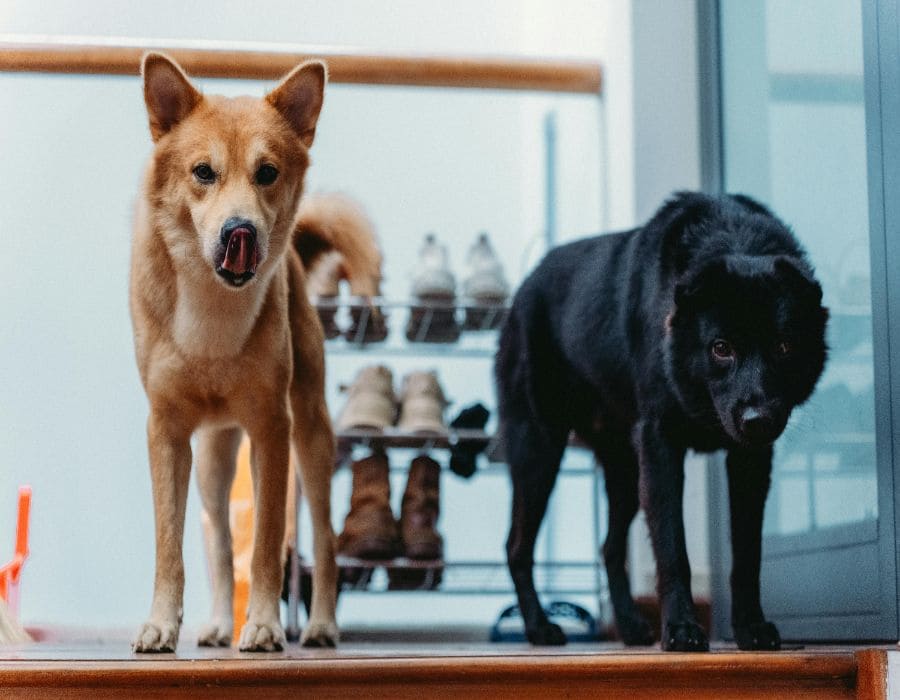
Large dog owners quickly learn the art of strategic public navigation. This means maintaining constant environmental awareness and mastering polite but firm responses to approaching strangers. Because not everyone understands that rushing up to pet a 150-pound mastiff might not be the best idea.
Health Monitoring
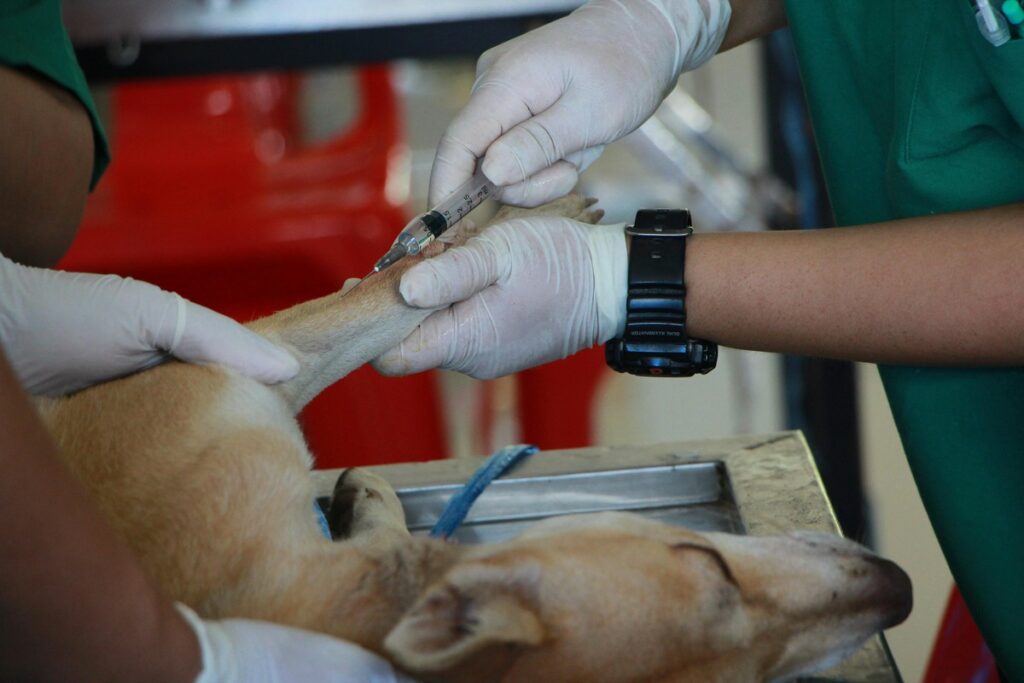
Big dogs face unique health challenges. Joint issues plague many large breeds. Weight management becomes crucial—extra pounds put dangerous stress on already-taxed frames. Regular vet visits focused on breed-specific concerns help catch problems early.
Home Modifications

Living with large breeds often means rethinking the entire household setup. Furniture arrangement, traffic patterns, designated rest areas—it all needs consideration. And those decorative items on low shelves? Might want to rethink those.
Emergency Planning
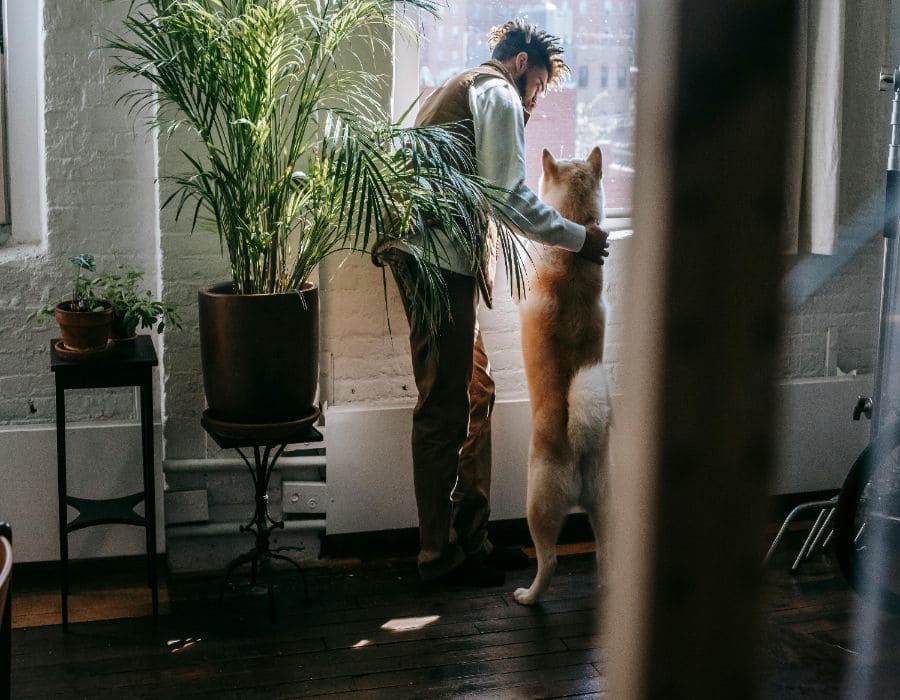
When things go wrong with large breeds, they can go really wrong. Smart owners maintain relationships with veterinary facilities equipped to handle massive dogs. They keep appropriate first aid supplies on hand and develop clear protocols for various emergency scenarios.
Professional Support Network
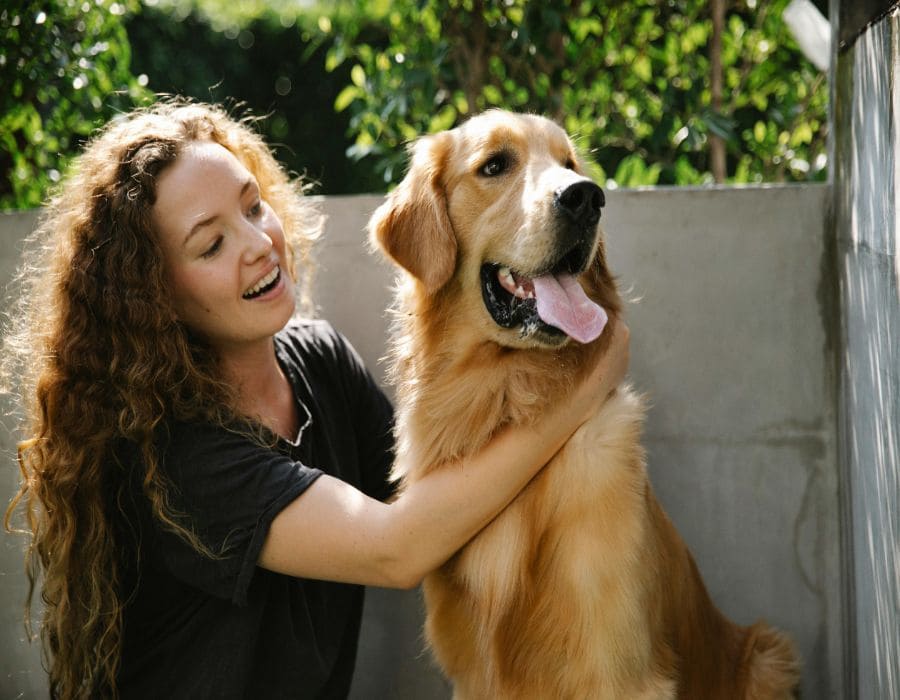
Successfully managing powerful breeds requires team effort. You can’t tackle the various problems that arise unexpectedly. To ensure a robust support network, one must always have professional trainers, veterinarians, and other specialists on board that provide you the much-needed support when needed.
Final Thoughts
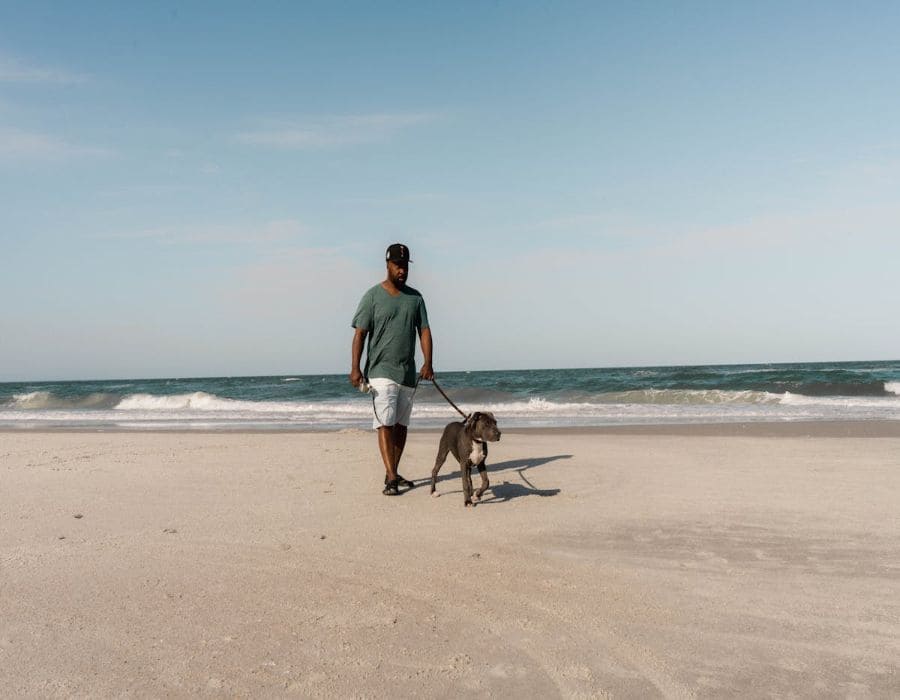
The rewards of providing a loving home to large breeds are immeasurable. Not only these big cuddle-bugs fill your house with excited woofs and tail wags but also pledge their life-time commitment and allegiance to your family. Therefore, these powerful furry companions deserve nothing less than owners that are fully committed to their safety and well-being.

